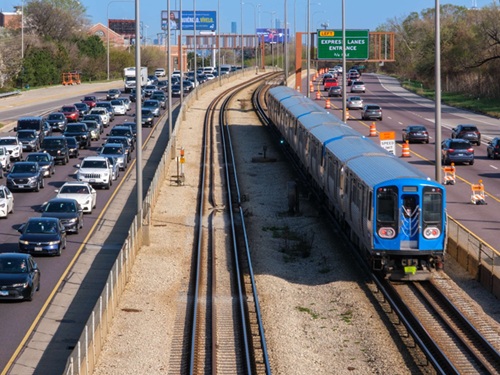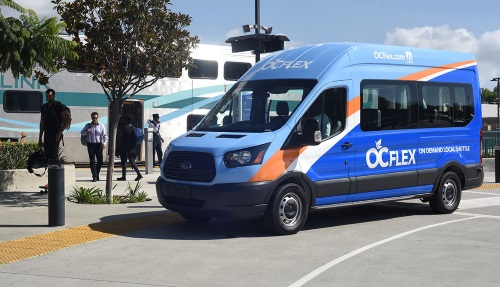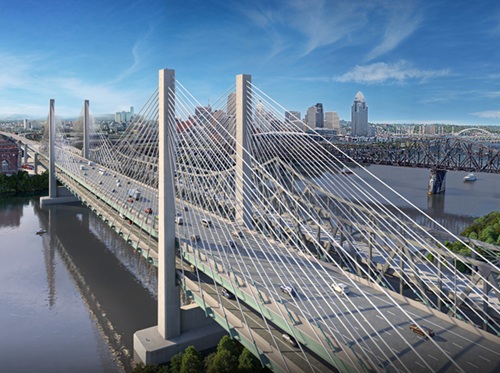On February 26, the American Association of Retired Persons (AARP) issued a five-page policy brief calling on “demand-responsive transportation providers” to start communicating with one another through a “common digital language.”
[Above photo via the American Public Transportation Association.]
AARP defines “demand-responsive” transportation providers as a sector comprised of services ranging from senior shuttles to ride-hailing companies, typically spread over many overlapping service areas.

“A data specification can lead to one-stop shopping and easier travel for everyone who depends on demand-responsive transportation, including non-drivers – many of whom are older, have a disability, or live in remote areas with limited transportation options,” the group said in its brief.
“The promise of universal mobility will extend to groups that have been long under-served,” it noted. “But achieving this goal will require leadership from varied stakeholders, including leaders in the human services, transportation, health care, and technology sectors.”
The group said the Transportation Research Board has developed a data specification that can pave the way for better customer service and potential cost savings by allowing those transportation providers to integrate their existing software systems – enabling multiple organizations to manage a passenger’s entire trip cycle, from trip request to trip delivery, with all necessary data.
“For the first time, the specification will enable demand responsive transportation providers to interoperate and thus speak to one another in the same digital language,” AARP said in a statement. “If transportation services adopt it, riders can become empowered to go where they need and when they wish, with convenience that once would have seemed like a dream. This new specification is a giant step toward universal mobility.”
 Nation
Nation


